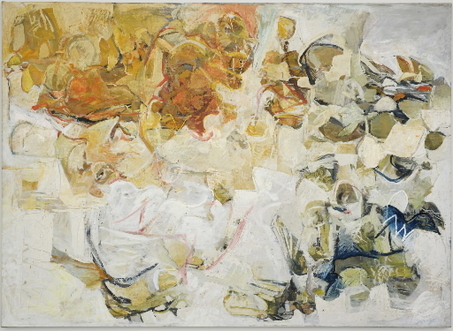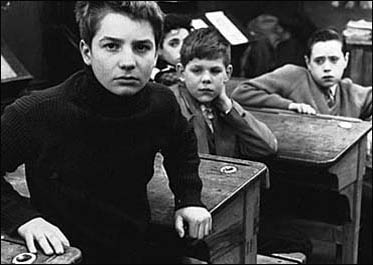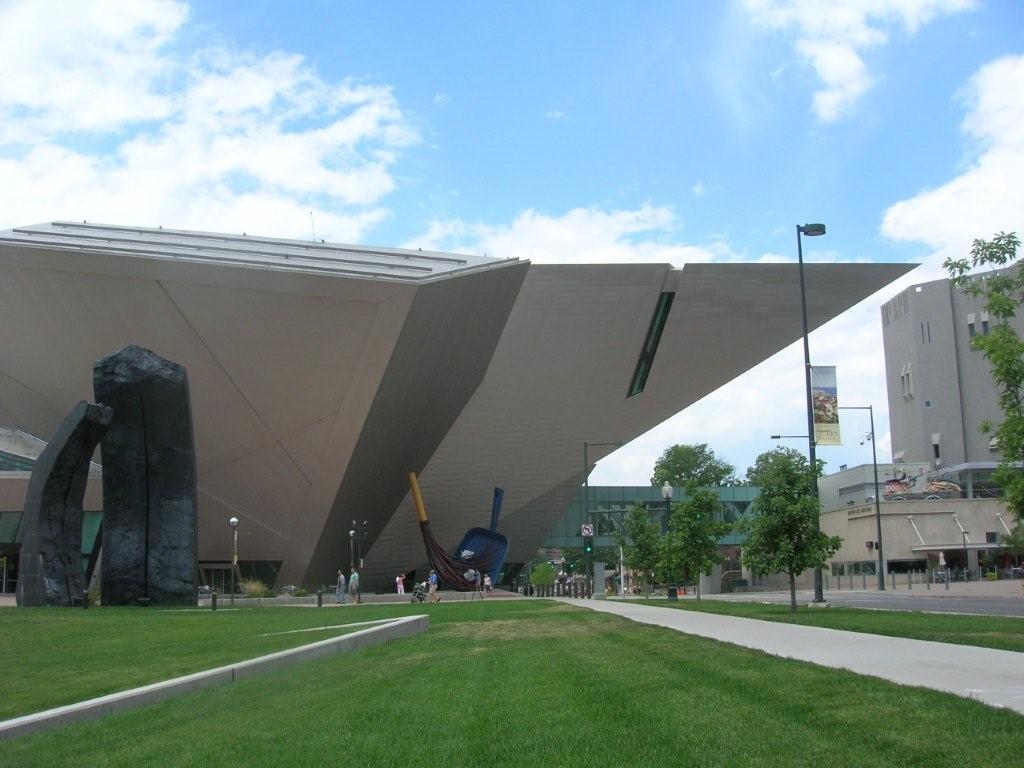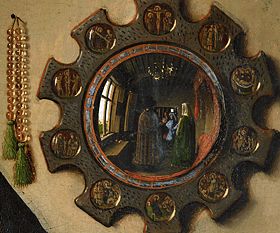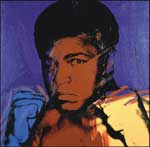Our 19th century conception of the Artist (or Poet or Actor) still stands, mostly intact, a testament to the enduring power of Romanticism. You know by now that I’m no Romantic, right? (Though I can be a sentimental old fool and sometimes the symptoms are the same.) But the Romantic idea of the “studio” or “workshop” or “rehearsal hall” is one that I’ve kept, the idea of the place where the drama of creation occurs, and I start to snort a little even as I type “drama of creation” because, come on, who am I kidding? What does that even mean?
Still, I respect the place where work takes place, creative work, and I believe it has, um, possibilities that other places don’t have. But usually it was closed to interlopers, especially casual interlopers. Until now. Until blogs! Which are admittedly mediated spaces, of course, unless someone has come up with a “studio cam.” But still.
So here are some artists’ blogs that I’ve found. I hope the artists aren’t creeped out that I occasionally drop in.
 Bunny with an Artblog I’m not sure what it is about Hilary Pfeifer’s blog that keeps me coming back, but I do. Some of it is just the random personal stuff. For example, I just discovered that if she played our “movies that move me” game, she would probably choose Matthew Barney’s Cremaster Cycle. But mostly, it’s because of the photographs of the strange creations she’s fashioning in her Studio for a show upcoming at Ogle Gallery in September. It’s called Natural Selection and after watching it blossom the past month or so, I’m definitely hooked.
Bunny with an Artblog I’m not sure what it is about Hilary Pfeifer’s blog that keeps me coming back, but I do. Some of it is just the random personal stuff. For example, I just discovered that if she played our “movies that move me” game, she would probably choose Matthew Barney’s Cremaster Cycle. But mostly, it’s because of the photographs of the strange creations she’s fashioning in her Studio for a show upcoming at Ogle Gallery in September. It’s called Natural Selection and after watching it blossom the past month or so, I’m definitely hooked.
TJ Norris: Unblogged When I wrote about Norris’s show at the New American Art Union, I found his blog. It’s a great mix of reportage on the Portland art scene, a little news here and there, some excellent links, and some personal events and reflections. Oh. And pictures. Very cool pictures. And enough hints about his work to constitute a peek inside his studio. UPDATE: Broken link fixed!
 Craig Thompson’s Learn to Draw blog OK. That’s not its real name. (That would be Doot Doot Garden Blog.) But let’s just say I developed a powerful hankering to create a gigantic new graphic novel, a little like Thompson’s Habibi, which by his recent reckoning has a “couple” of years yet to go. Then I would go to his blog a lot, to watch the drawings unfold, because it’s like a little online classroom. Again, I discovered the blog working on a post a few months ago and bookmarked it then. Habibi looks very cool, by the way, and really, I don’t mind the wait as long as I can get little hints about what it’s going to be like on Thompson’s blog.
Craig Thompson’s Learn to Draw blog OK. That’s not its real name. (That would be Doot Doot Garden Blog.) But let’s just say I developed a powerful hankering to create a gigantic new graphic novel, a little like Thompson’s Habibi, which by his recent reckoning has a “couple” of years yet to go. Then I would go to his blog a lot, to watch the drawings unfold, because it’s like a little online classroom. Again, I discovered the blog working on a post a few months ago and bookmarked it then. Habibi looks very cool, by the way, and really, I don’t mind the wait as long as I can get little hints about what it’s going to be like on Thompson’s blog.
OK. Maybe that’s enough for now? But I would like to know what your own favorites are, if you wouldn’t mind sharing?

